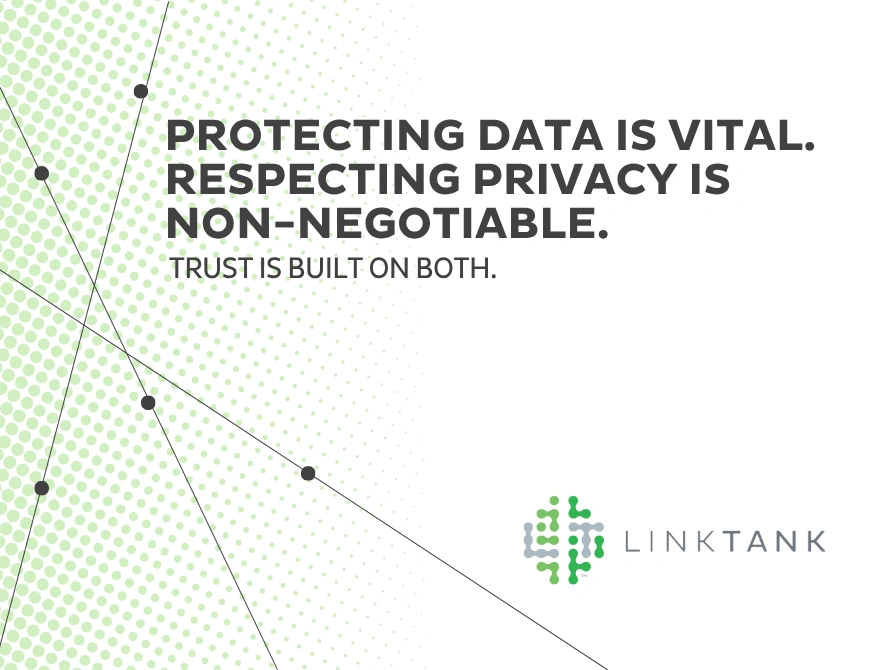
Let’s face it, everything we do online leaves a trail of data. And in a world where our clicks, swipes, and searches have real value, that data is like digital gold. But who’s protecting it? And who decides how it’s used? That’s where data security and data privacy come in. They sound similar, but they’re quite different. nderstanding both is key to staying safe (and sane) in this connected world.
Data security refers to the technologies, protocols, and best practices used to safeguard digital data from unauthorized access, cyberattacks, accidental loss, or alteration. Its primary goal is to ensure the confidentiality, integrity, and availability of data, both from external threats like hackers and internal risks such as employee errors or system failures. Common security measures include encryption, firewalls, intrusion detection systems, multi-factor authentication, and access controls with audit trails all designed to prevent breaches and maintain data resilience.
On the other hand, data privacy focuses on the rights of individuals to determine how their personal information is collected, processed, stored, and shared. Privacy is governed by key principles such as consent, transparency, data minimisation, and purpose limitation. For instance, even if a system is secure and encrypts user data effectively, it can still violate privacy if it shares that data with third parties without clear, informed consent. In essence, while data security protects the data itself, data privacy protects the person behind the data making both essential components of ethical and trustworthy information management.
To effectively protect data, companies must adopt a holistic approach that combines clear governance, strong technical safeguards, and a culture of security awareness. Establishing comprehensive policies that define data ownership and access is the foundation, while technologies like encryption, firewalls, multi-factor authentication, and regular backups provide essential protection against cyber threats. Equally important is respecting data privacy by collecting only necessary information, obtaining clear consent, offering user control, and applying techniques like data anonymisation to minimise risks.
Continuous monitoring, regular audits, and vendor assessments help identify and mitigate vulnerabilities, while ongoing employee training ensures staff remain vigilant against common threats such as phishing. Compliance with legal regulations like GDPR and CCPA is critical, supported by appointing dedicated data protection officers. Finally, having a robust incident response plan allows companies to quickly address breaches, maintain transparency, and protect customer trust. Together, these practices create a resilient framework that balances data security with individual privacy, fostering trust and long-term success.
In closure, data security and privacy are not one-time projects but ongoing commitments. By integrating strong governance, advanced technology, continuous monitoring, employee training, and compliance, companies can safeguard data effectively while respecting individual privacy. This balanced approach fosters customer trust and helps organisations thrive in an increasingly data-driven world.
Written by: Nonku Khumalo

